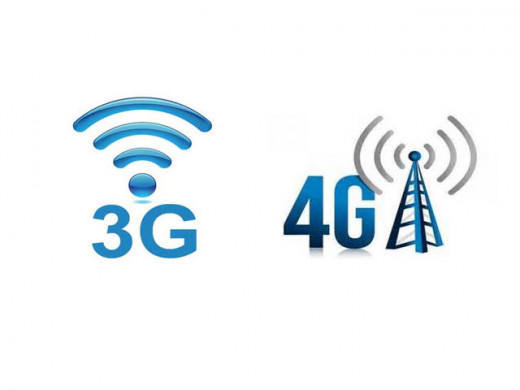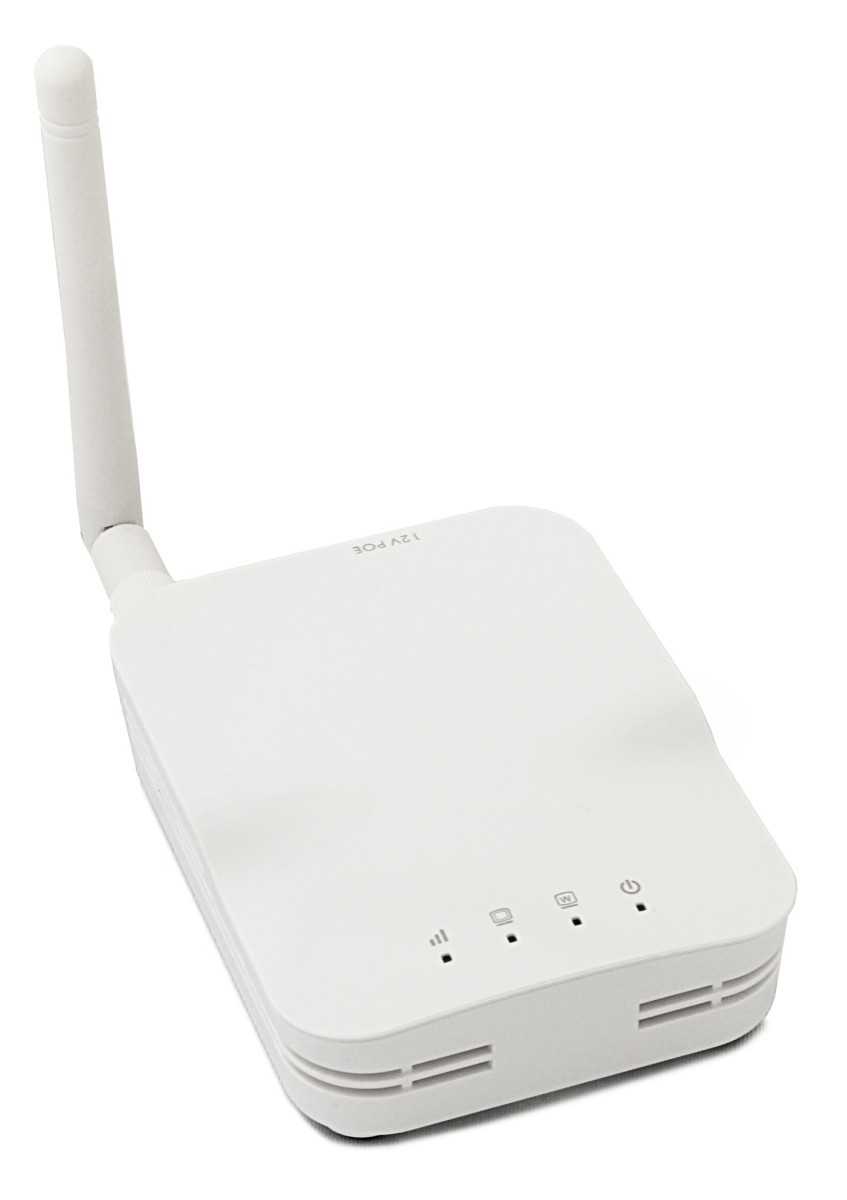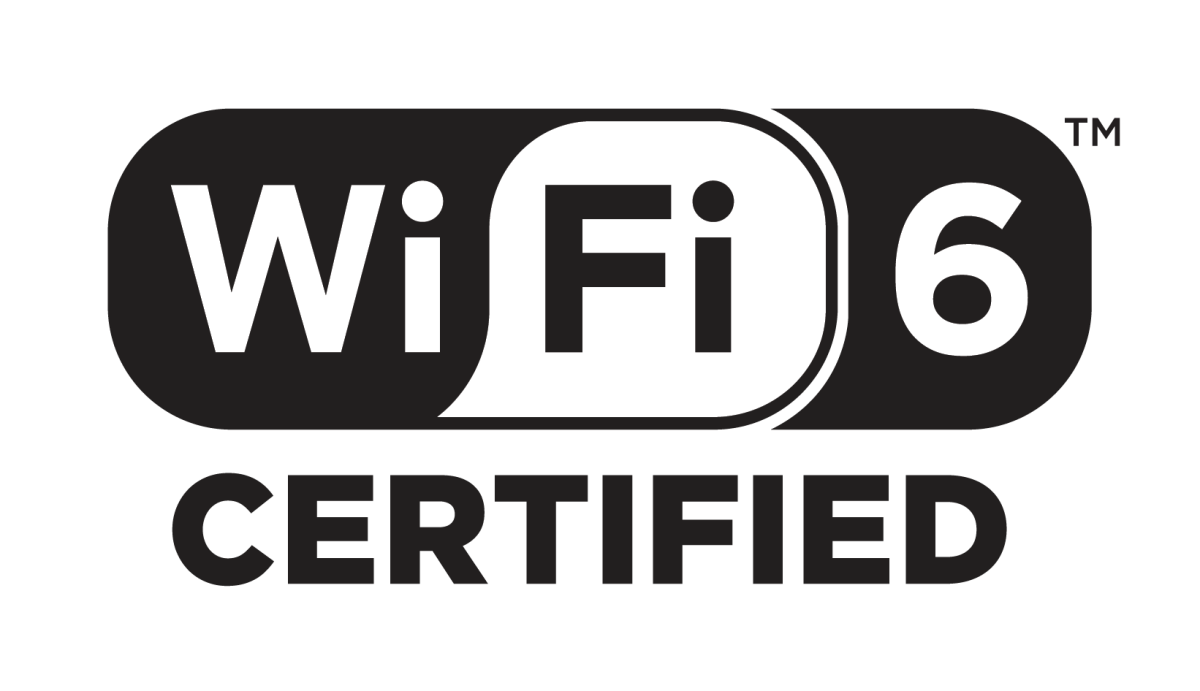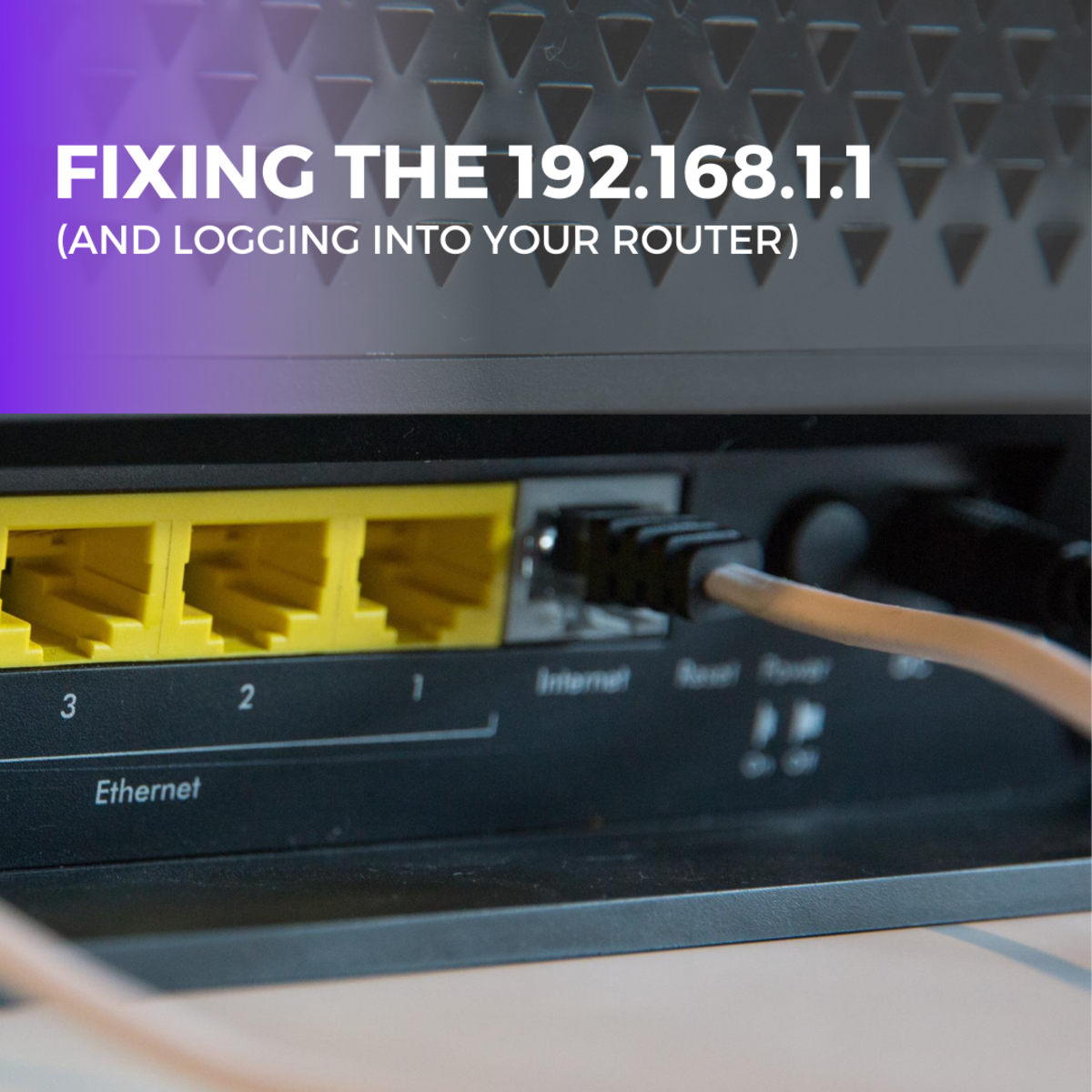3G and 4G Wireless Technologies
Understanding 3G and 4G Network Infrastructure
4G (4th generation) is the successor of 3G (3rd generation) in mobile telecommunications. Service providers usually term their platforms to be of 4G networking in order to improve their market ratings, while they are using the 3G standard though there are those who do actually have developed to the 4G technology. It is thus important to draw a line between the two.

Differences between 3G and 4G Networks
For telecommunication services to be rightfully deemed as being 3G they are required to meet the International Mobile Telecommunications-2000 (IMT-2000) specifications that are set by the International Telecommunications Union (Clint, 2000). To meet this standards, the systems should provide at least 200 KBits/s peak data rates. These data rates should also be reliable. Examples of these systems are the UTMS (Universal Mobile telecommunications System) system and the CDMA2000 system. Whilst ITU formally approved GSM EDGE, Mobile WiMAX and DECT cordless phones as 3G, they utilize different infrastructure in comparison to the former two.
Whilst the evolution from 2G to 3G was a giant leap, that of 3G to 4G is less pronounced. The International Telecommunications Union-Radio communications sector (ITU-R) set specific requirements for 4G standards. These are the IMT-Advanced (International Mobile telecommunications Advanced) specification and set the peak speed requirements at 1Gbit/s (Gigabits per second) when in low mobility communication and 100 Mbit/s (Megabits per second) when in high mobility communication (Werner, 2002).
This is advantageous over the 3G as it offers a faster upload and download rate in both fast moving scenarios such as vehicles and trains and also when the user is stationery just walking about.
4G, was a Baby, Now an Adolescent
4G technology has been developing and expanding since its conceptualization. Corporations and institutions are designing multiple antenna technologies to achieve the goal of 4G systems such as high reliability, high rate and long-range communications. An example of such is spatial multiplexing, that has gained its importance for power efficiency and bandwidth conservation. The often branded 4G Mobile WiMAX and LTE, supporting significantly less than the required 1Gbit/s peak rate do not thus comply fully with these set standards but upon improvement of capabilities and performance are thus considered 4G.
Shifting to 4G Networks
Enterprises would definitely opt for the 4G but there are a number of hurdles to for them to overcome. Unlike the 3G, the 4G only supports IP (Internet Protocol) based communication and not the circuit switched telephony service used by 3G. In order to achieve the ultra-high rates of bit transfer in spite of extensive radio propagation on multiple paths, 4G systems have replaced the spread spectrum radio technology used by 3G systems with FDE (frequency-domain equalization schemes).
This poses quite the problem, as in order to implement it fully, it requires the complete restructuring of the already existing networks. Not only is it costly, but it is a time consuming process, hence the slow rate of its adoption across the world. However, enterprises take it up, as it will draw consumers due to the significantly increased upload and upload speeds they will enjoy when compared to any of the other networks.
Wi-MAX and other 'sub-4G' technologies such as LTE are the stepping-stones to a full 4G platform. The Mobile WiMAX mobile wireless broadband access standard offers peak data rates at 56 Mbits/s uplink and 128 MBit/s downlink in channels that are over 20 MHz wide (Shukla, 2011). Enterprises can utilize it as it is faster and more efficient than the 3G connectivity, has a wider coverage than the 4G networks and is gaining greater ground in urban settings in the world over.
Why Businesses Choose 3G
3G connectivity is a popular option for enterprises and businesses. This is as since its conception over a decade ago it has rapidly dominated platforms and is now a common household name. Numerous mobiles have the connectivity built in. 3G has through the time found and developed strong ground in wireless voice telephony, fixed wireless internet access, mobile internet access, video calls, mobile TV and more. Wide arrays of telecommunication companies offer it have invested billions into it. 3G adoption was slow due to the disparities with its 2G predecessor as mobile operators were required to build in entirety new networks and obtain licenses for entirely new frequencies.
The popularity of 3G connectivity together with its already established infrastructure is an excellent reason for enterprises to utilize it in preference to the rest. So broad is the 3g coverage that there were over 200 million subscribers to it by the June of 2007. In the countries that launched the connectivity, South Korea and Japan, there is more than 70% coverage. By December of 2007, over 180 3G networks were operating in 40 countries while in 71 countries there were 154 HSPDA networks.
So why is 3G so popular?
The popularity of the 3G standard is because it enabled the massive expansion of the market of mobile communications. The smartphone development that combined PDA abilities with that of a phone increasing demand for the mobile internet connectivity saw 3G become the depended upon resource that it is. USB modems connecting to 3G networks are very common due to the speed and capability of the mobile broadband.
Browsing Speed, more than 3G and 4G
However, the overall browsing rate and speed is dependent on more factors other than the 3G or 4G, which are only the communication protocol between the mobile handset and cell-phone tower. Enterprises should have in consideration the number of such towers in certain vicinity, the bandwidth available to connect to the carrier's network or internet, and the number of users sharing the towers.










